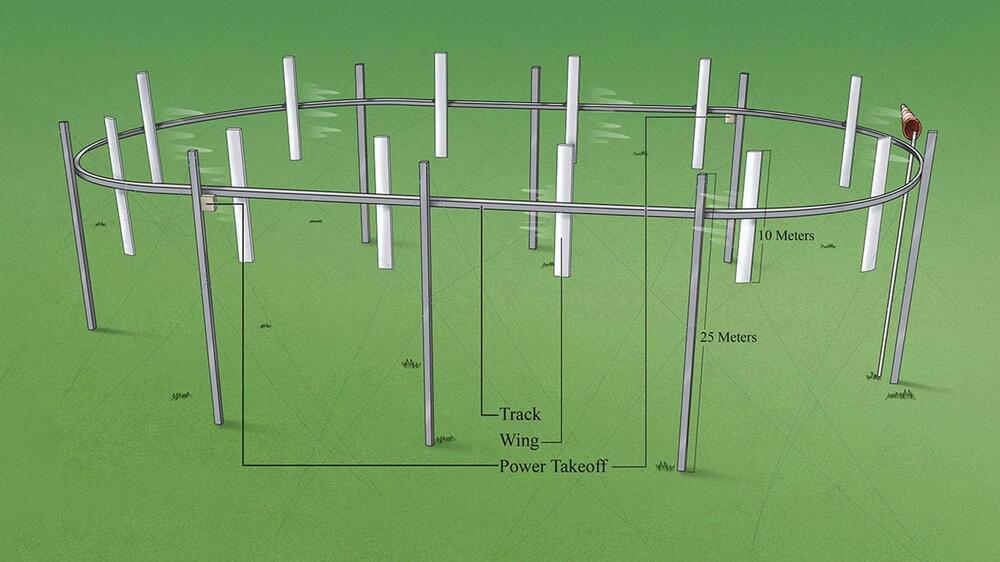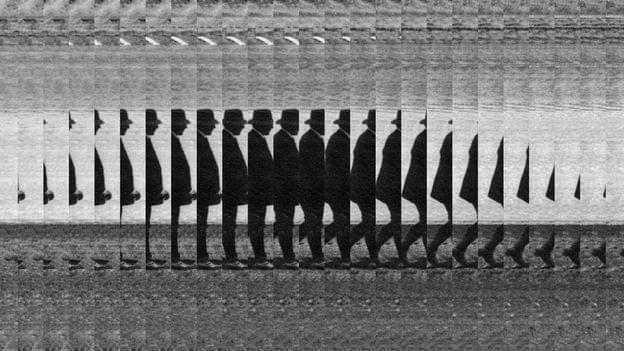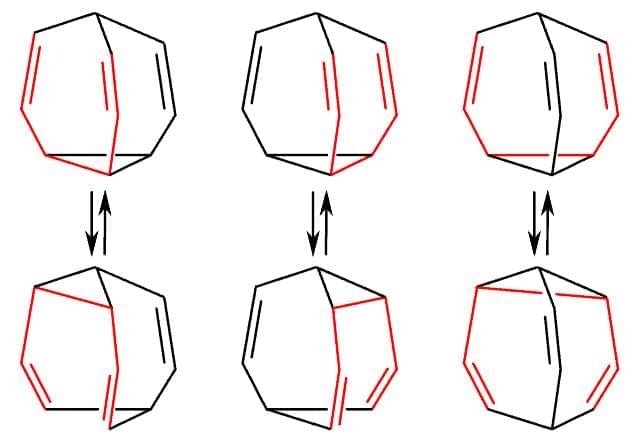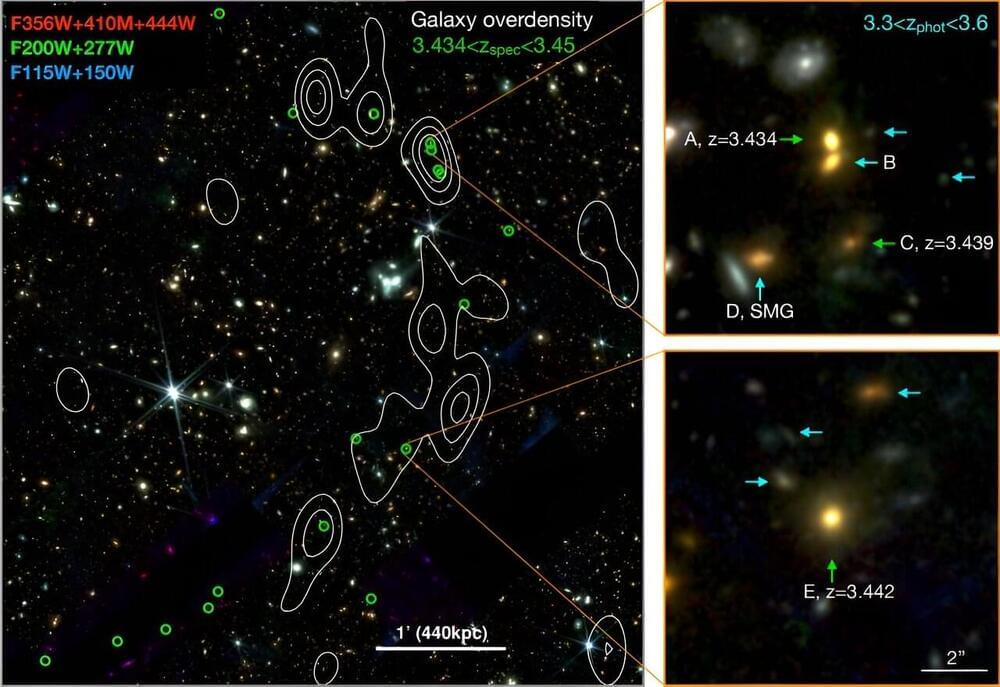Nov 15, 2023
Nanowire Network Mimics Brain, Learns Handwriting with 93.4% Accuracy
Posted by Jose Ruben Rodriguez Fuentes in categories: biological, computing, information science, nanotechnology, neuroscience
Summary: Researchers developed an experimental computing system, resembling a biological brain, that successfully identified handwritten numbers with a 93.4% accuracy rate.
This breakthrough was achieved using a novel training algorithm providing continuous real-time feedback, outperforming traditional batch data processing methods which yielded 91.4% accuracy.
The system’s design features a self-organizing network of nanowires on electrodes, with memory and processing capabilities interwoven, unlike conventional computers with separate modules.


















